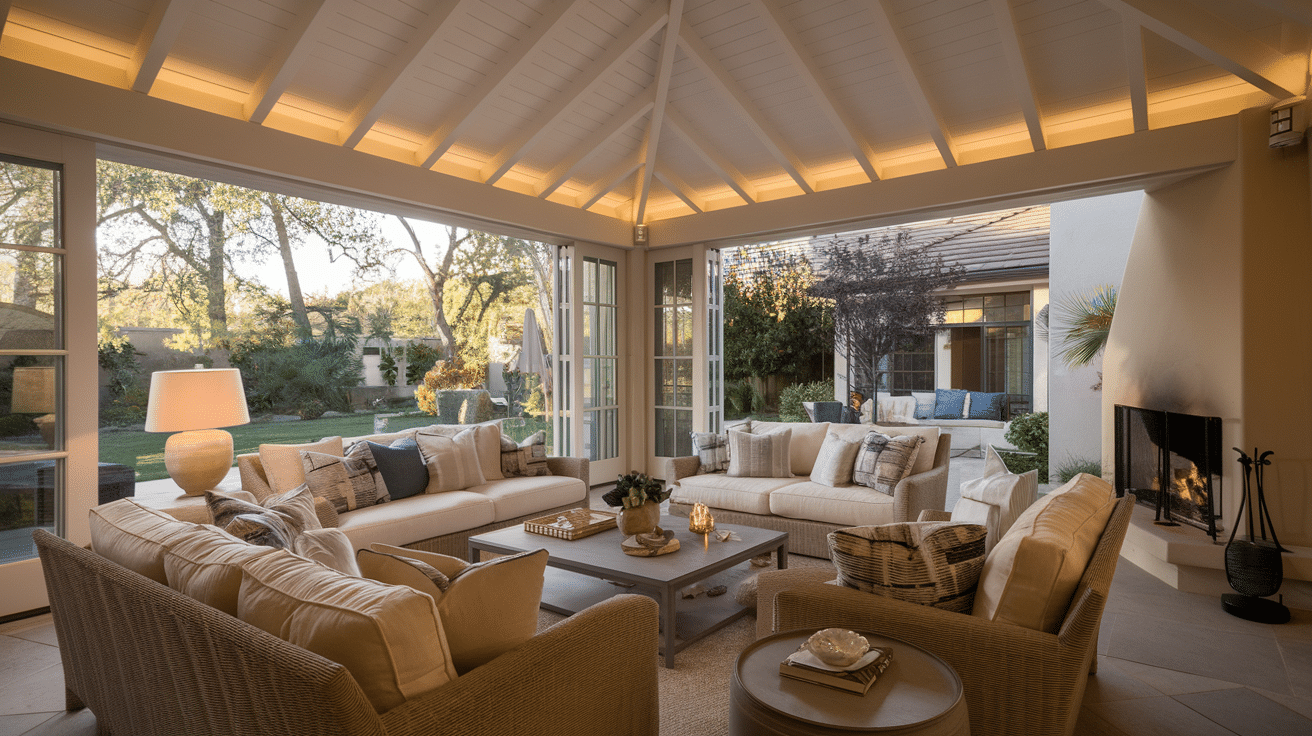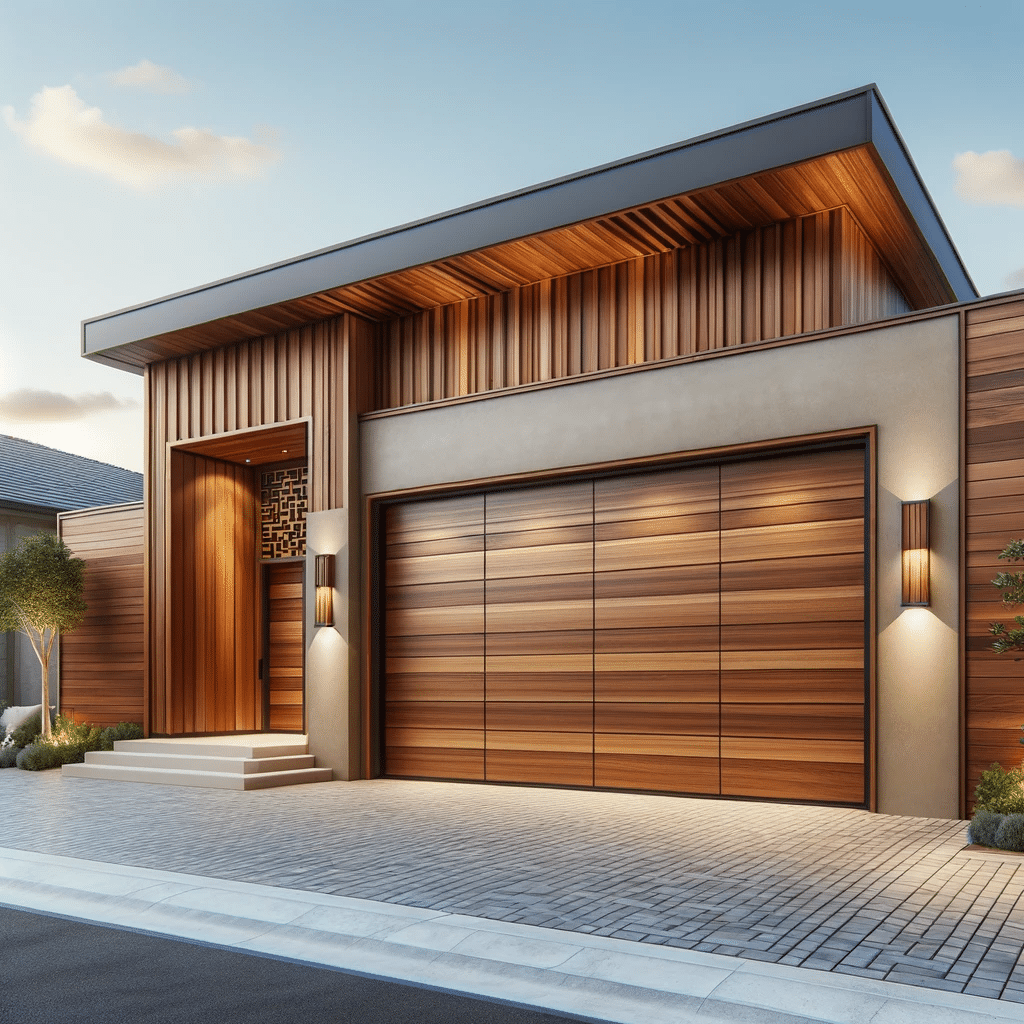Streamlining Tiny House Maintenance: Optimizing Space and Sustainability
Maintaining a tiny house, despite its small size, can be a rewarding but challenging endeavor. The limited space within these compact dwellings demands a meticulous approach to organization and sustainability.
In this comprehensive guide, we will explore various strategies and tips for streamlining tiny house maintenance, ensuring that your small living space remains both functional and eco-friendly.
1. Maximizing Space Utilization
One of the primary challenges of living in a tiny house is making the most of every square inch. To optimize space utilization, consider multifunctional furniture, such as sofa beds or storage ottomans. These versatile pieces not only save space but also serve dual purposes, reducing clutter and simplifying maintenance.
For example, a fold-down dining table can double as a workspace during the day and transform into a dining area in the evening, eliminating the need for extra furniture.
2. Efficient Storage Solutions
Effective storage is crucial in a tiny house, and there are several innovative solutions to consider. Install floating shelves on your walls to display decorative items while keeping your floor space clear. Use vertical storage units, such as tall bookshelves or wall-mounted cabinets, to take advantage of height.
Try using storage bins under your bed or stairs to store seasonal items or belongings that aren’t frequently used. This keeps your tiny home clutter-free and makes maintenance more manageable.
3. Sustainable Practices
Tiny house living often goes hand in hand with a commitment to sustainability. Implementing eco-friendly practices can help reduce your environmental footprint while simplifying maintenance. Consider solar panels for electricity and a composting toilet system to minimize water usage and waste disposal concerns.
By using rainwater harvesting systems and low-flow faucets, you can further reduce your water consumption, contributing to a more sustainable lifestyle.
4. Opting for Property Maintenance Services
While tiny houses are known for their simplicity, they still require regular maintenance to stay in top condition. It’s essential to invest in property maintenance services that cater to the unique needs of your small home. Professionals can help with tasks like roof inspections, plumbing checks, and electrical system maintenance.
Having a maintenance checklist and schedule can ensure that you don’t overlook crucial tasks and prevent minor issues from turning into major problems.
5. Incorporating Technology
Tiny house living doesn’t mean sacrificing modern amenities. Incorporating smart home technology can make maintenance more efficient. Install a programmable thermostat to regulate temperature, or use a smart security system for peace of mind.
With the advent of home automation, you can control lighting, heating, and even appliances remotely, allowing you to monitor and adjust your tiny house’s environment while on the go.
6. Community Resources
If you’re part of a tiny house community or live in a mobile tiny home park, take advantage of shared resources. Some communities offer communal laundry facilities, tool libraries, and even shared gardens, reducing the maintenance burden on individual homeowners.
Collaborating with neighbors not only makes maintenance easier but also encourages a stronger sense of community and mutual support.
7. New Condo Building Inspiration
For those considering transitioning from a traditional tiny house to a new condo building, there are unique challenges and benefits to anticipate. Condo living offers more amenities, security, and often a larger living space, but it comes with new maintenance considerations.
In a new condo building, you can rely on expert property maintenance services like janitors, security staff, and on-site maintenance teams. However, adapting to communal living and shared spaces may mean changing how you approach maintenance.
8. Creating a Functional Kitchen
In a tiny house, the kitchen is often the heart of the home, but limited space can pose challenges. To optimize your tiny house kitchen, consider installing compact appliances, such as a slimline refrigerator and a two-burner cooktop. Use vertical space for storage by adding shelves or magnetic racks to hold utensils and cookware. Additionally, opt for fold-down or pull-out countertops to maximize workspace when needed while keeping it minimal when not in use.
For instance, a wall-mounted spice rack and magnetic knife holder can free up valuable drawer and counter space, making cooking and meal preparation more efficient.
9. Efficient Bathroom Solutions
Tiny house bathrooms require smart design to make the most of the limited square footage. Choose space-saving fixtures like a corner sink and a compact, high-efficiency toilet. Consider a shower stall with built-in storage shelves or niches to eliminate the need for additional storage units.
To further optimize your tiny house bathroom, use hooks and hanging organizers on the back of the door or inside cabinet doors to keep toiletries and towels organized and easily accessible.
10. Using Outdoor Spaces
Tiny house living often involves making the most of outdoor areas. Optimize your tiny house by creating functional outdoor spaces for relaxation, dining, and gardening. A well-designed outdoor deck or patio can extend your living area and provide a refreshing escape from the confines of your tiny house.
You can incorporate container gardening or vertical planters to grow herbs, vegetables, or flowers, enhancing your connection to nature and sustainability.
Streamlining tiny house maintenance requires creativity, organization, and a commitment to sustainability. From maximizing space utilization to incorporating technology and embracing community resources, there are various strategies to simplify the upkeep of your small dwelling.
Whether you’re dedicated to tiny house living or contemplating a move to a new condo building, these tips will help you maintain a space that is both efficient and environmentally friendly, ensuring a harmonious blend of convenience and sustainability in your home.







